Assalamu Alaikum friends
Tridax Daisy, scientifically known as Tridax procumbens, is a flowering plant belonging to the family Asteraceae. It is widely recognized for its medicinal properties and ecological significance. Native to tropical America, the plant has now spread to many regions across the globe, especially in tropical and subtropical climates. It is commonly known as Coatbuttons, Wild Daisy, or simply Tridax Daisy. Despite being considered a weed in some regions, it holds immense value in traditional medicine and ecological balance.
Physical Description
Tridax Daisy is a low-lying, creeping, and sprawling perennial herbaceous plant. Its stems are thin, branching, and covered with fine hair-like structures, which help it cling to the soil. The plant grows to a height of about 15-30 cm, though some taller specimens have been recorded in favorable conditions.
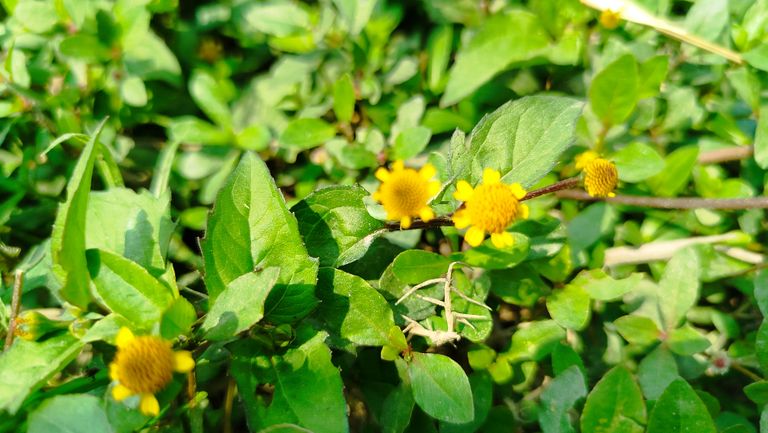
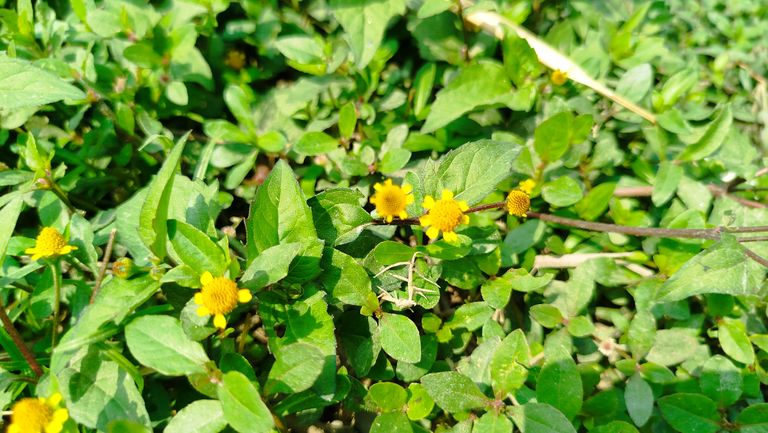
Leaves: The leaves are opposite, green, and have a rough, hairy texture. They are typically ovate to lanceolate in shape with irregularly toothed margins.
Flowers: The flowers are small but vibrant, with a bright yellow central disc surrounded by a ring of white or pale yellow ray florets. The flower resembles a miniature sunflower, giving it its daisy-like appearance.
Fruit and Seeds: The fruit is a small achene with pappus-like bristles, aiding in wind dispersal.
Habitat and Distribution
Tridax Daisy thrives in a variety of environments, from roadsides and gardens to open fields and wastelands. It is a hardy plant, capable of surviving in poor soils and arid conditions. Its resilience and ability to grow in disturbed areas make it a ubiquitous species in tropical and subtropical regions.
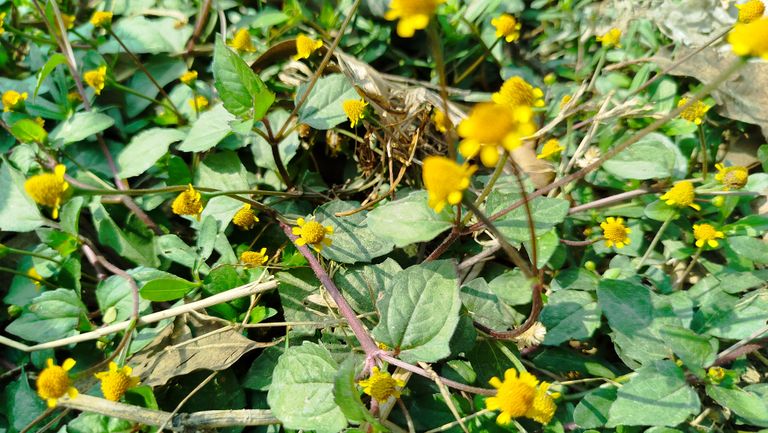

Native to the Americas, the plant has become naturalized in parts of Asia, Africa, and Australia. It is particularly common in India, where it is known as Ghamra in Hindi and Bindi Phool in Bengali.
Medicinal Properties
Tridax Daisy is celebrated in traditional medicine for its therapeutic properties. It has been extensively used in Ayurvedic, Unani, and tribal medicine systems. Some of its prominent medicinal uses include:
Wound Healing: The juice extracted from its leaves has antibacterial and anti-inflammatory properties, making it effective in healing wounds, cuts, and burns.
Hemostatic Agent: The plant is known to control bleeding, especially in minor injuries.
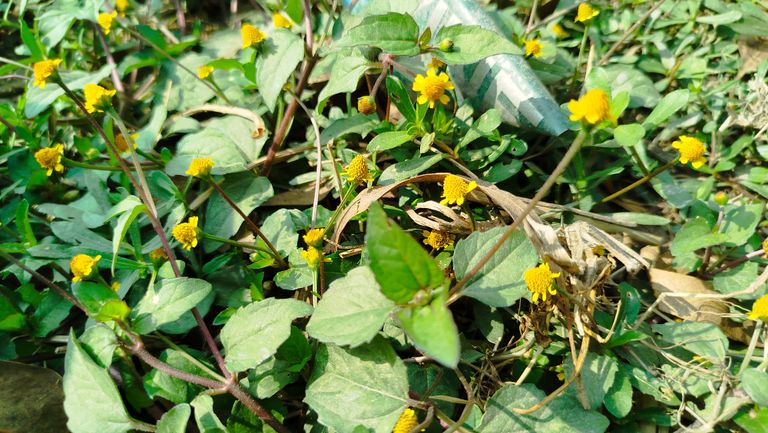
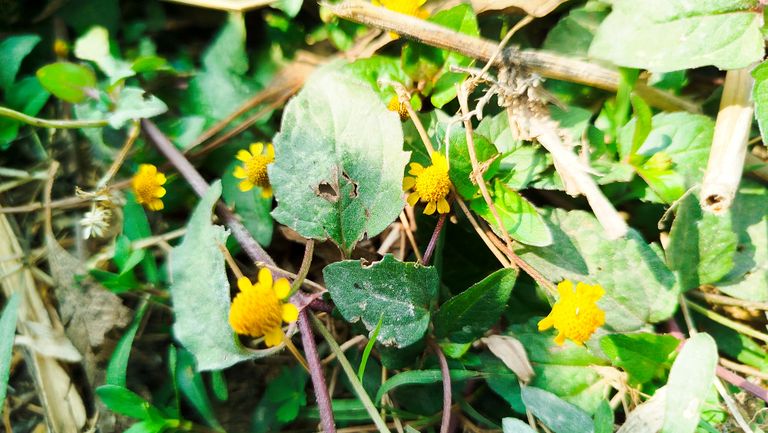
Antimicrobial Properties: The leaves and flowers exhibit antibacterial, antiviral, and antifungal activities, useful in treating infections.
Anti-inflammatory: The plant helps reduce inflammation and swelling caused by injuries or infections.
Skin Treatments: It is used to treat skin conditions like eczema, rashes, and insect bites.
Diabetes Management: Some studies suggest that Tridax Daisy may help lower blood sugar levels, making it beneficial for managing diabetes.
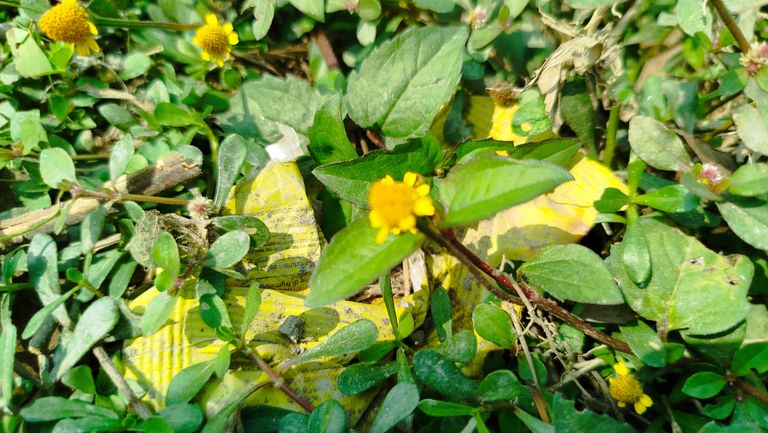
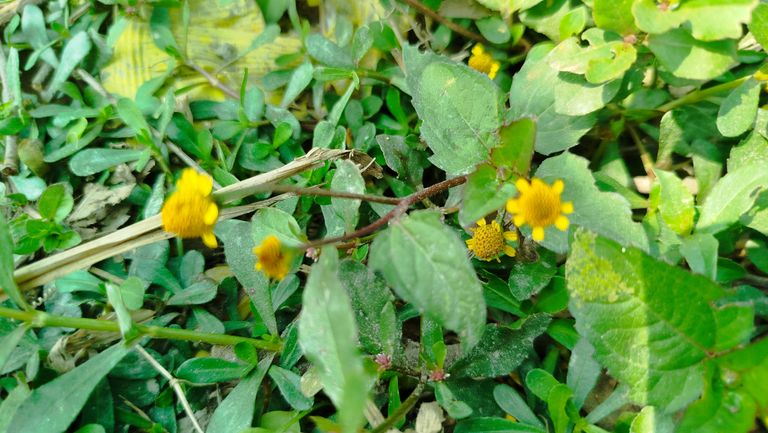
Hair Growth: Traditional remedies often include Tridax extract for promoting hair growth and preventing dandruff.
The plant contains bioactive compounds like flavonoids, alkaloids, tannins, and saponins, which contribute to its medicinal properties.
Ecological Importance
. Its bioactive compounds are being investigated for their potential in developing new medicines.
Additionally, the plant's role in sustainable agriculture is being studied. Its ability to thrive in poor soils and prevent erosion makes it a candidate for use in land reclamation and soil conservation projects.

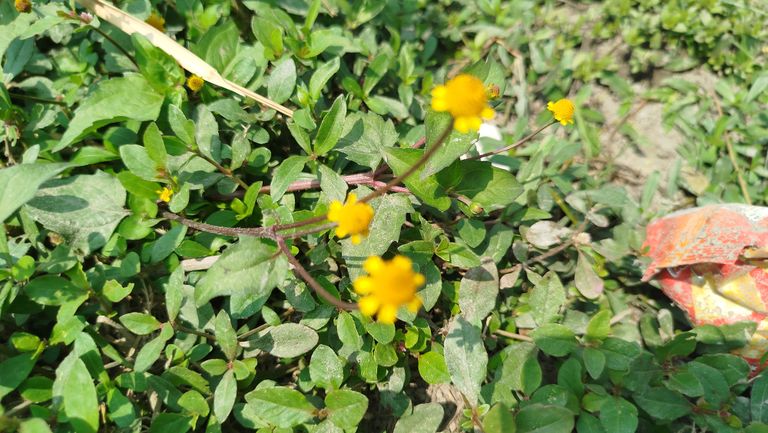
Tridax Daisy is more than just a common weed. It is a plant of immense ecological, medicinal, and cultural significance. Its resilience and adaptability allow it to flourish in diverse environments, while its medicinal properties have made it a valuable resource in traditional and modern medicine. Despite being seen as a nuisance in some contexts, the plant’s benefits far outweigh its drawbacks. With further research and sustainable management, Tridax Daisy could continue to contribute positively to health, agriculture, and environmental conservation.
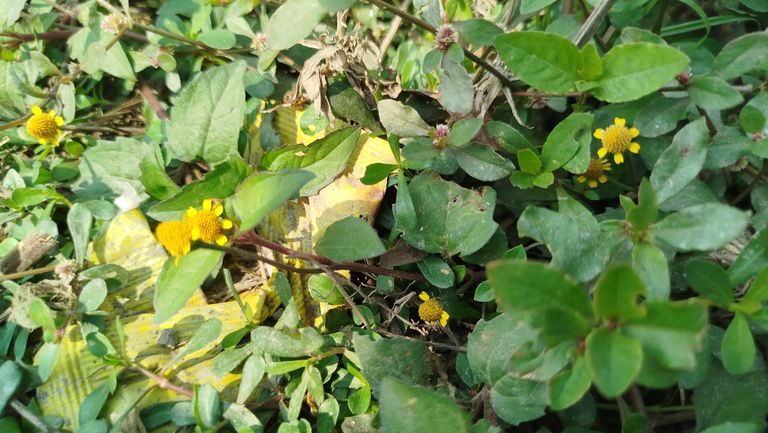

Ending here today..........
❤️ Thanks for visiting my blog.
I hope you like this blog.
If you like the blog, let me know through the comment.
See you again in the next blog.
Stay healthy, be careful and follow me.
And Subscribe My YouTube Channel
Little Rafi